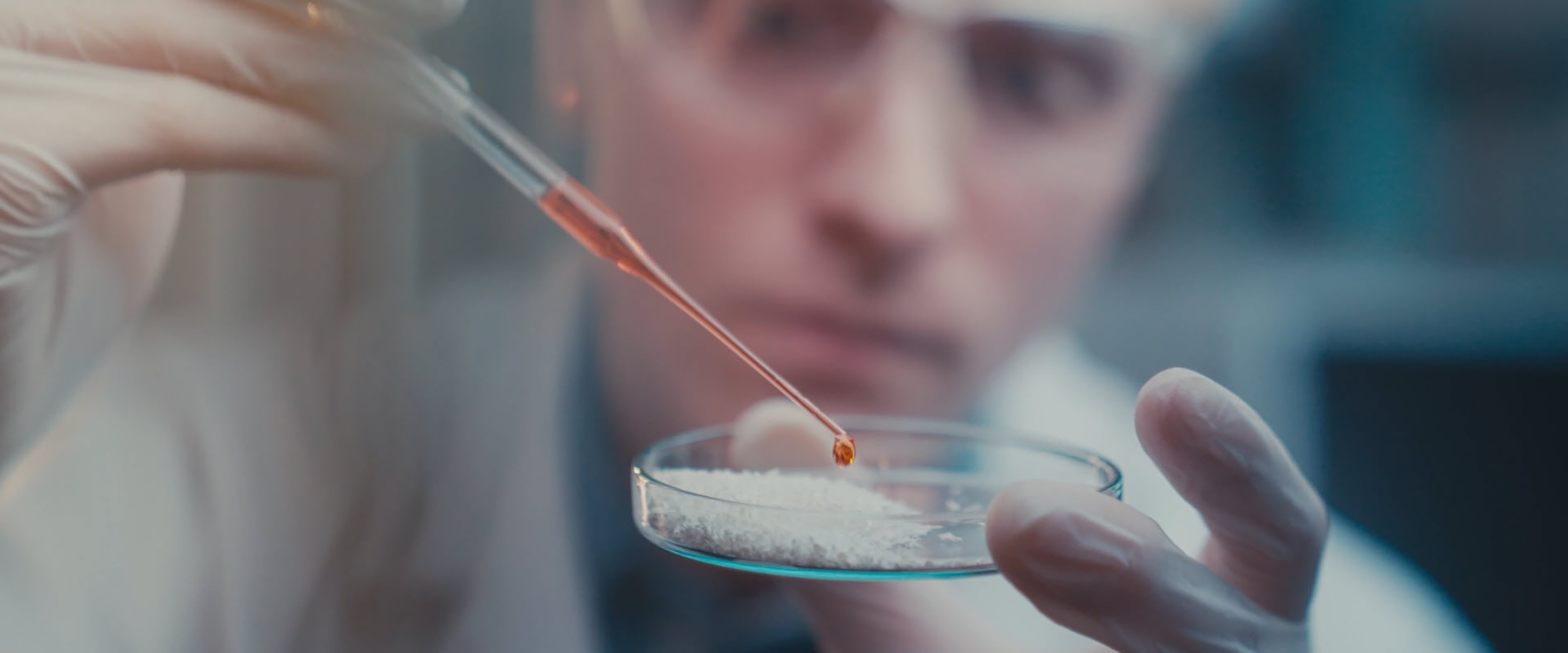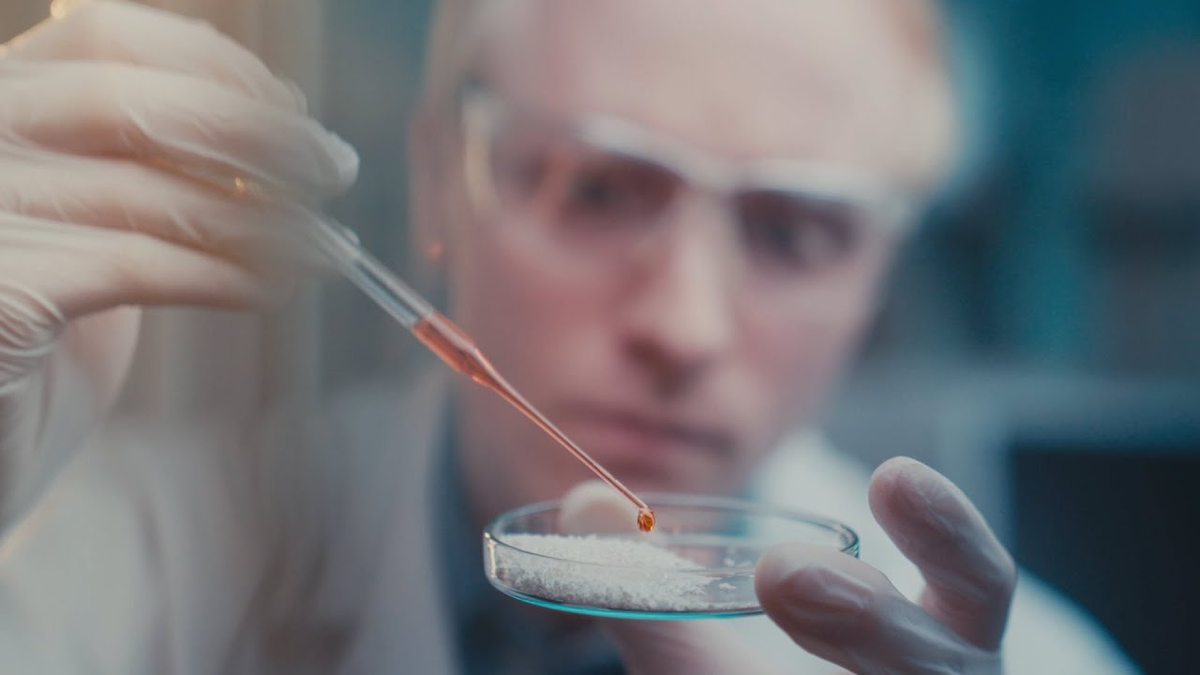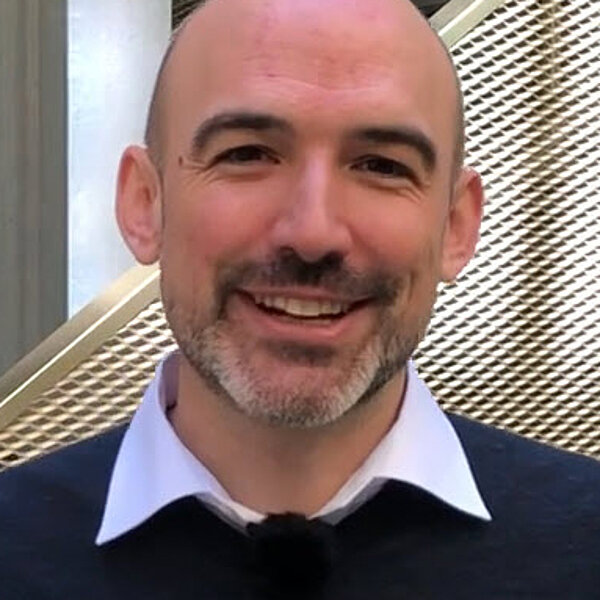
Why Do We Need Biomaterials for Human Tissue Regeneration?
Biomaterials have revolutionized medicine, also in dentistry. These engineered materials support cell migration as well as tissue formation and play a pivotal role in achieving optimal regeneration outcomes.

1. The Imperfection of Human Regeneration
Humans, unlike some animals, are not naturally proficient regenerators. This limitation means we often require external assistance to mend and rejuvenate damaged tissues. Whereas certain amphibians and fish can naturally regenerate lost teeth, humans cannot. This is where the magic of biomaterials steps in, boosting our body's capacity to regenerate.
2. What is a Biomaterial?
At its core, a biomaterial is an engineered scaffold. Purposefully designed to interact with human cells, it seeks to harness the power of cellular processes to reconstruct human tissues. These materials are not one-size-fits-all, however. They come in various forms: granules, membranes, and matrices, each serving a unique role in the regeneration process.
For a biomaterial to be effective, it must meet three crucial criteria. First, it should be easy to handle by doctors, ensuring that its application is seamless. Second, it should support tissue regeneration without any side effects. Lastly, it must be scalable for production on a large scale and suitable for global distribution.
3. The Process of Tissue Regeneration through Biomaterials
Once a biomaterial is implanted into the body, it undergoes hydration. Following this, cells begin to attach to the material, and stem cells initiate differentiation. As new tissue forms, vascularisation is essential, ensuring that the growing tissue receives the necessary nutrients.
The success of this regeneration hinges on several factors, one of the most crucial being the design of the biomaterial's pores. To enable cell migration, the minimum pore size should be around 10 micrometers. For vascularisation, it needs to be between 40-50 micrometers. Bone formation, a more complex process, demands even larger pores, optimally sized between 200 and 500 micrometers.
In essence, through meticulously designed biomaterials, we can make tissue regeneration more predictable, addressing and satisfying the diverse needs of patients.


